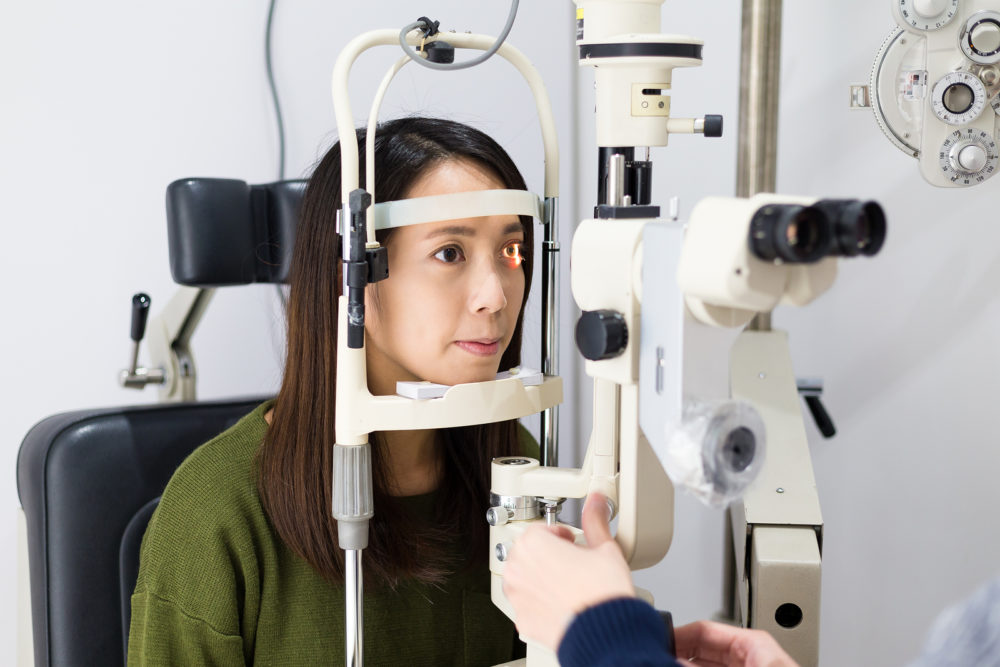[dropcap size=big]T[/dropcap]he natural lens in our eyes is made up of different types of tissues. The innermost layer of the lens is the nucleus. The nucleus is surrounded by the cortex. The whole lens sits inside a capsule that is suspended behind your iris by fibers called zonules. These zonular fibers attach around the equator of the lens and connect it to a muscle that helps your eyes focus and produce fluid for your eye.
The natural lenses in our eyes are transparent. With age, and increased fluid within the lens, the lens becomes yellow and more opaque. This is what we call a cataract. There are different types of cataracts depending on the layer of the lens that is affected. The most common type of cataract is the nuclear sclerotic cataract, which affects the nucleus of the lens. This cataract gives the yellowish appearance to the lens, and makes it hard to differentiate dark colors in low-light conditions. It can also shift the eyeglass prescription in your eyes.
Cortical cataracts occur in the cortical material surrounding the nucleus of the lens. They look like bicycle spokes coming in from the equator of the lens toward the middle of the lens. This type of cataract gives a more whitish appearance to the lens, and it also causes glare symptoms from headlights at night or during the day when driving into the sunlight.
“Cataracts are only an aging change within the lens of the eye”
The other common type of cataract is a posterior, sub-capsular cataract that forms on the posterior surface between the cortex and the capsule. The proliferation of cells causes a spiderweb appearance to the back of the lens, and because it only affects the outer portion of the lens, it tends to grow faster. It is also more visually significant because it is closer to the nodal point of the eye, affecting more light rays. These cataracts tend to be more common in diabetics and patients who take steroids on a chronic basis. There is intense glare with this type of cataract, often decreasing the vision significantly with oncoming lights.
There are other types of cataracts, including traumatic cataracts and congenital cataracts, but this gives a brief introduction to the most common cause of blindness in the world. This type of blindness is temporary and can be improved with cataract surgery. It is not a disease, although there are some diseases associated with younger onset of cataracts. Cataracts are only an aging change within the lens of the eye. In order to preserve the power of the lens when you have cataract surgery, your surgeon will replace your natural lens with an implant. This way we can reduce the prescription in your eyes so some people can greatly reduce their dependence on glasses after surgery.
Lisa Martén, M.D., is a board-certified ophthalmologist at the South Texas Eye Institute. For more information visit www.southtexaseyeinstitute.com or call 210.692.1388. The South Texas Eye Institute is located at 2424 Babcock Road, Suite 101 in San Antonio, TX 78229.







Recent Comments